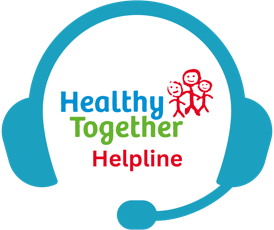Pace feeding is a way of bottle feeding that allows your baby to be in control of how they suck and take the milk from the bottle. Many parents who have bottle fed their baby like this find it strengthens the attachment between them and their baby. It is more pleasant for your baby as it mimics the way a baby would feed if breastfeeding and it may help to reduce overfeeding. It could reduce the risk of obesity later in childhood.
By pacing the bottle when feeding, you will be responding to the baby and how fast or slow they decide to feed. This will allow your baby to change the feeding pace for their own needs.
Pacing the feed to how your baby feeds helps you to know when your baby wants some more feed or has had enough. If they are still hungry, they will open their mouth when you tickle their top lip with the teat. If they are full, they may close their mouth firmly, pull away, put their hand up or start to dribble the milk out of their mouth. This way of feeding helps you to get to know your baby and respond to their needs.
The potential benefits of paced bottle feeding for you and your baby:
- Helps to reduce the risk of overfeeding
- Reduces air intake. Your baby does not gulp and swallow quickly as they no longer have to keep up with the flow of the milk into their mouth. Reducing the air intake may reduce colic type symptoms
- Feeds will take a little longer which will help with improving bonding and attachment between you and your baby
- Your baby will be less stressed when feeding as they are more in control
- This way of feeding appears to be more similar to breastfeeding so this may help babies who are both bottle and breastfed to alternate more easily between breast and bottle
However you decide to feed your baby, this a time to nurture and comfort your baby not just getting food inside them. Sometimes the focus can be on on the food and the importance of this process for the baby can be forgotten. Make this a time you both enjoy and grow a happy healthy baby.





